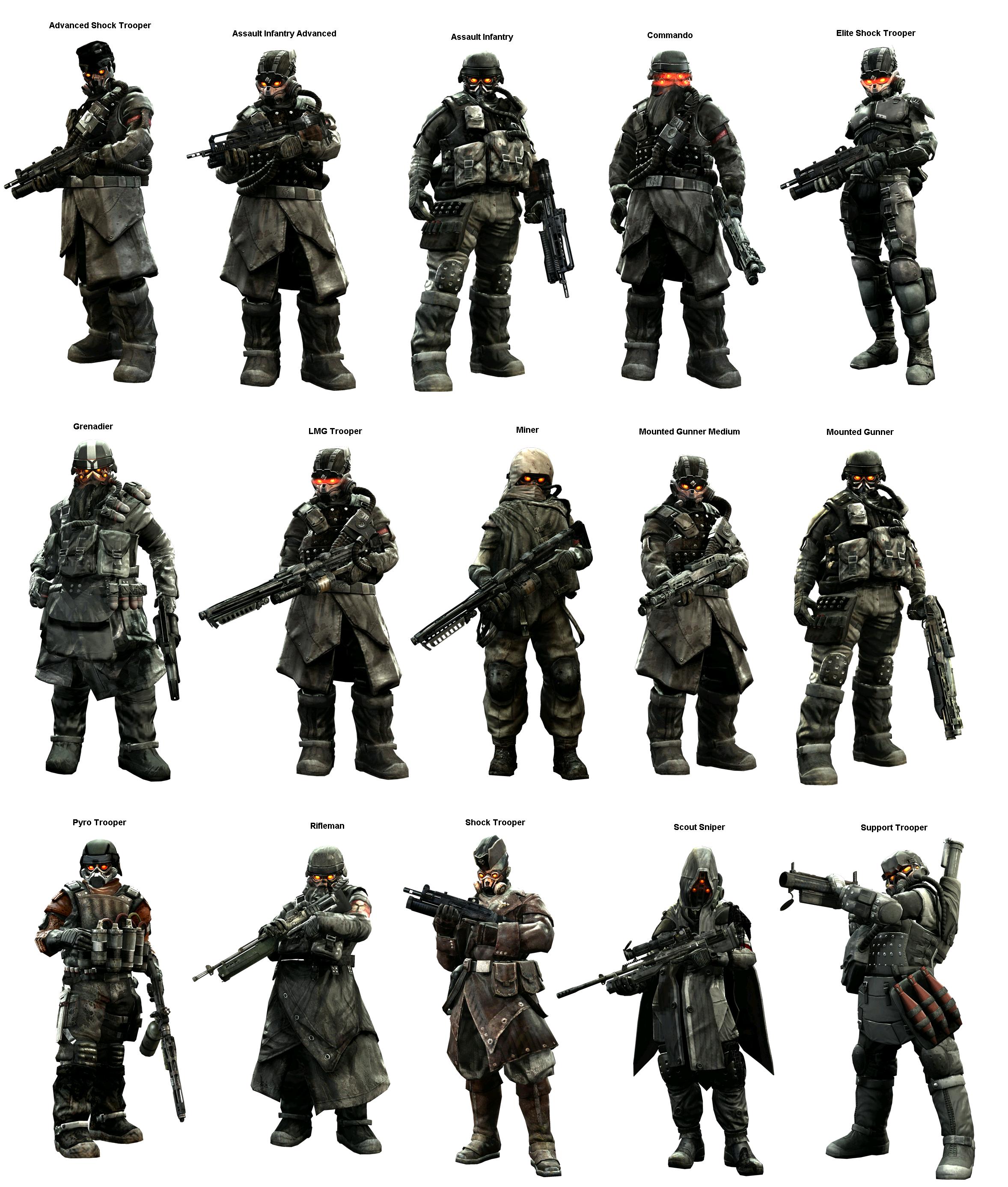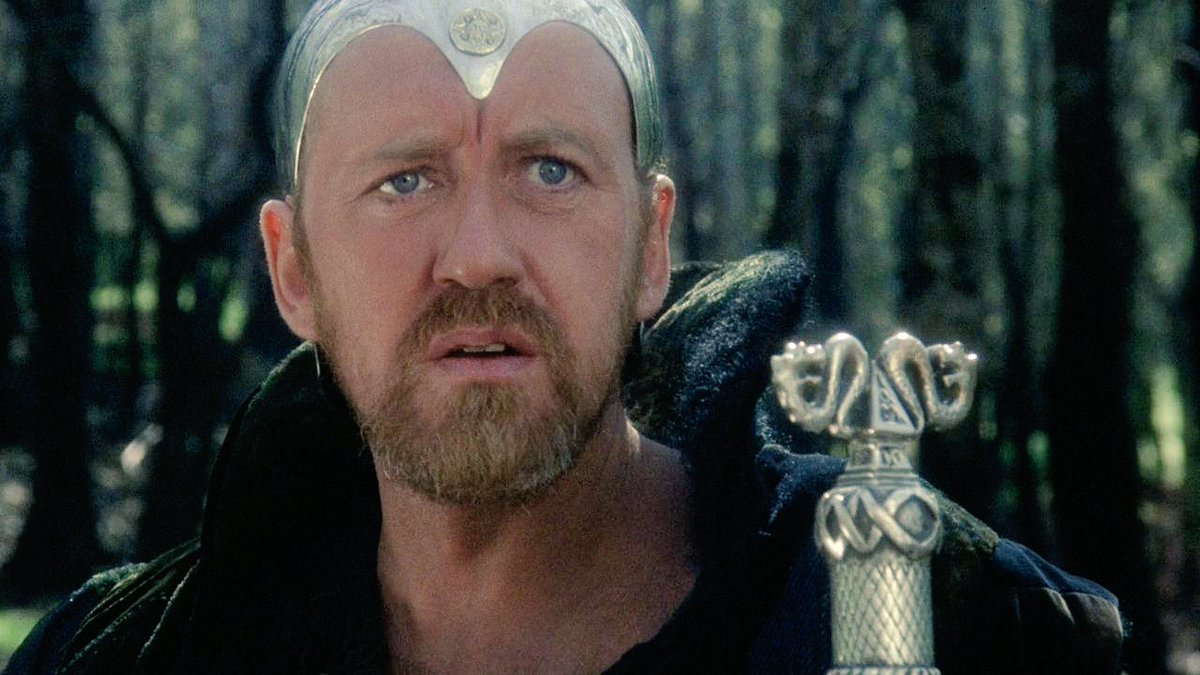Rogue Trooper began life in the British comic
2000AD, the work of Gerry Findlay-Day and Dave Gibbons. The time? The future. The place is Nu-Earth, a paradise world at a hyperspace junction devastated by years of war between two great alliances, the Norts and the Southers. This planet is so poisoned by chemical weapons that in most places humans cannot survive without a sealed chemsuit.
Hence the Southers created the GIs - Genetic Infantrymen - who can survive the poison atmosphere with no mask. But in their first action they were betrayed by a Souther general and massacred. One survived to hunt down the traitor outside the military chain of command- the titular Rogue Trooper. He is accompanied by the remains of his friends, personalities implanted in biochips attached to his war-gear, still speaking to him as he roams the poison wastes.
Enough of the summary. This is inspired by a reread of the
first omnibus volume put out by
2000AD. There's some of Dave Gibbons's characteristic black and white art in that link, and you may conjure his name in connection with another blue post-human.
 |
Originally found here: http://www.bbc.co.uk/cult/comics/2000adstrips/rogue/roguetrooper01.shtml
Many thanks to the chaps at the BBC. |
The lone solider figure of Rogue is a familiar enough one, haunted literally and figuratively by his dead comrades - hoping not just to find the traitor, but to find new bodies for the biochips in his gear. His progress is told episodically, with miniature tale after miniature tale linked together - as one might expect from a weekly comic.
His own side, the Southers are rarely depicted in full view. We see odd units and the occasional glimpse of a distant (literally, on a satellite) command 'Millicom'.
(There is a constant interweaved future slang: Nu-Earth, the ruined city of Nu-Paree, with the Mitterrand Tower, 'Synth' applied to everything, the Nort exclamation of 'Nain!' or 'Stak!'. A bit goofy, maybe, but it gives a rolling gentle distinction to the language.)
Souther speech and habits look rather Anglophone; in time we would even see a Nort push into the 'Dix-i front'. Perhaps somebody had spotted the North-South angle. Either way, there is a sprinkling of American Civil War references: the cities of Memfizz and Nu Atlanta, the Georgia Volunteers, the song 'When the South goes marching in', the historic battle of Mek-Bull Run - even the port of Harpo's Ferry! [John Brown's body is a-rolling in it's grave...]
The Norts, however, are a far more interesting bunch. The Civil War angle is meant to perhaps imply some equivalence between the warring sides (in that both sides in a civil war are part of the same nation - they are kindred), though this is hardly how the Norts are portrayed. Inspired by the Nazis of Second World War comics (with a few Slavic overtones), they are by turns vicious and ugly, wearing full-face masks rather than the armoured astronaut-like Southers. Of course, we see far more of them. Rogue will walk into a firefight with some beleaguered Souther boys against an oncoming Nort force with superior weapons and help defeat them.
And such weapons! Guns, yes, but also vibro-daggers and lazookas. 'Decapitators' - hovering mines full of shrapnel. Automated sentry pillboxes. Drill-probes emerging from trench floors. Nort desert raiders riding genetically engineered 'Stammels'. Mountain troops on motorised snowboards. 'Blackmare' tanks the size of houses. The 'hard rain' of chem-suit piercing flechettes. Plantlike barbed wire, that traps and strangles its victims. Hallucinogen spraying tanks, that can appear as nightmarish vast spiders or snakes - or a float full of flowers and women. Laser-projected propaganda 'Holo-beam messages'. Poison saboteurs, nicknamed by the Southers 'Filth columnists'. The bizarre sight of the Sun Legions, Nort troopers apparently hang-gliding into battle from orbit (a notion so absurd they were later said to be extinct).
Well, what's the point of all this? Bizarre weapons and over-complex plans have some delight to them, to be sure. The need for a new hazard every few weeks also must have fuelled some creativity in the writers of the first run. But their is a sheer variety of complex industrial might levelled against the one lone trooper. It exudes a certain kind of atmosphere, found in a certain sub-genre.
The Protagonist has a weapon or two, and belongs to a nebulously defined organisation, often without clear ranks. The Antagonists are many, belong to a vast hierarchy and a equipped with startling variety. Not the Lone Wolf of
Rogue Male, but something bigger, pulpier, set among the stars. Lone Space Wolf? [Sorry.] It's a matter I've considered
before.
Of course, the Nort multiplicity of organisations (Army, Navy, Scum Marines, Sun Legion, Kashan Legions) is presumably meant to conjure up the different forces of Nazi Germany - the Wehrmacht, the SS, the SA, the Gestapo. Nonsense, in some ways - the Allies had quite as many different organisations and they could be just as characterful. A Gordon Highlander or Bengal lancer is a picturesque a sight as a soldier in full SS black.
Rogue Trooper has had a few spin-offs after the original run fell apart after the traitor general was found;
Jaegir is perhaps the best, though it suckles from the teat of the grimdark rather. It tells the story of a Nort Kapitan-Inspector in the 'Office of Public Truth'.
 |
Complete with traumatic memories of Nu-Earth and the protagonist of the original!
From Jaegir: Circe, 2000AD Progs 1893-1899 |
It was made into a video game - a First Person Shooter, for which its narrative was almost perfectly suited. A lone soldier, the superior of any other, fighting hoards of enemies who can prove a challenge both in quality and quantity? Unfortunately, I am told by a relative who actually played it, that it was not much good. Duncan Jones is apparently
adapting it for the screen - which will hopefully be better.
Speaking of FPSs, however,
Rogue Trooper surely has a descendant in
Killzone. I did not play them, but this brief series of games had a war between the Interplanetary Strategic Alliance (boring, vaguely American) and the Helghast (cool name, gas mask, black armour, British accents, swastika-like emblem). I invite you to consider their respective
wiki pages.
 |
Quite what the difference is between a Shock Trooper and an Assault Infantryman, I should not like to say.
Found here: https://killzone.fandom.com/wiki/Helghast_Army |
If the above does not suggest a
Rogue Trooper parallel, perhaps the hazardous, polutted
Helghan will.
It's an odd question - why not have well-defined Protagonist factions? Time is one factor - how long do you have to tell your audience about a place? A negative portrayal is probably quicker to rouse up than a positive one. The slow start of Peter Jackson's adaptation of
Lord of the Rings allows for this, having to do quite a bit of heavy lifting for a presumed newcomer to Tolkien. Even here, of course, the portrayal is mixed: The Shire is innocent, but ignorant. Rivendell is the seat of wisdom, but lacking in the power it once had.
Why can I not get excited about the prospect of the ISA Constitution and Statue of Liberty? An ill-defined state can be whatever you want it to be, of course. Perhaps I'd rather have that than
Gears of War with it's Coalition of Ordered Governments, created seemingly solely for the pun but giving obvious direction towards an
authoritarian angle. Though the comparison between the Evil Empire (rules-based, governed, uniformed) and the Alliance of Freedom (anyone can pick up a gun and join) is one that may appeal to the libertarian. More than all this though, the lack of detail is sort of insulting - Shabby. Incomplete.
(The FPS antidote to the Lone Wolf may be early
Call of Duty. As
this chap lays out at length, each narrative gives a view of several units of ordinary men on several fronts.
Call of Duty 3 may tread well-worn ground in Normandy and Western Europe, but does so switching between Americans, the British, the French Resistance, Canadians and Poles.)
Well, it all makes me appreciate tabletop wargames all the more. Each faction to be laid out with a variety of fascinating, characterful units; each to receive a ration of lore to back them.
Rogue Trooper probably gave something to the feel of
Warhammer 40,000;
2000AD was certainly an influence. I suppose this is what I enjoy in my war stories, or any story of great deeds. Multiple perspectives, variety, details, verisimilitude. I've been reading
The Cruel Sea; Monserrat has some of these. Tom Clancy also, sometimes. I'm not sure that sort of story is always possible on film, however.
I have room for the mythic, indeterminate, bizarre or pulpy, and enjoy
Rogue Trooper. There's something almost Passion-Play like about it. But it has some odd echoes elsewhere.



